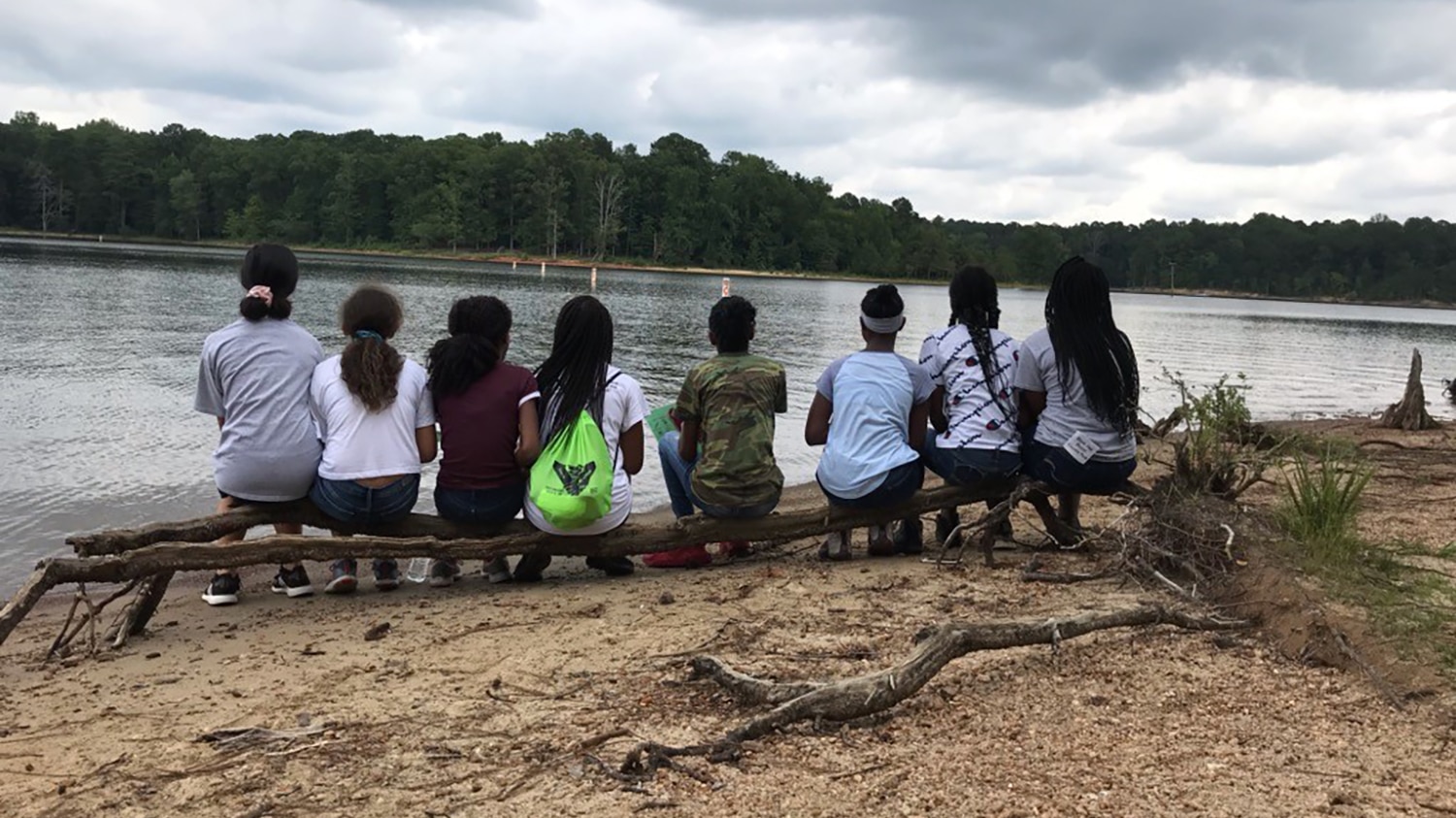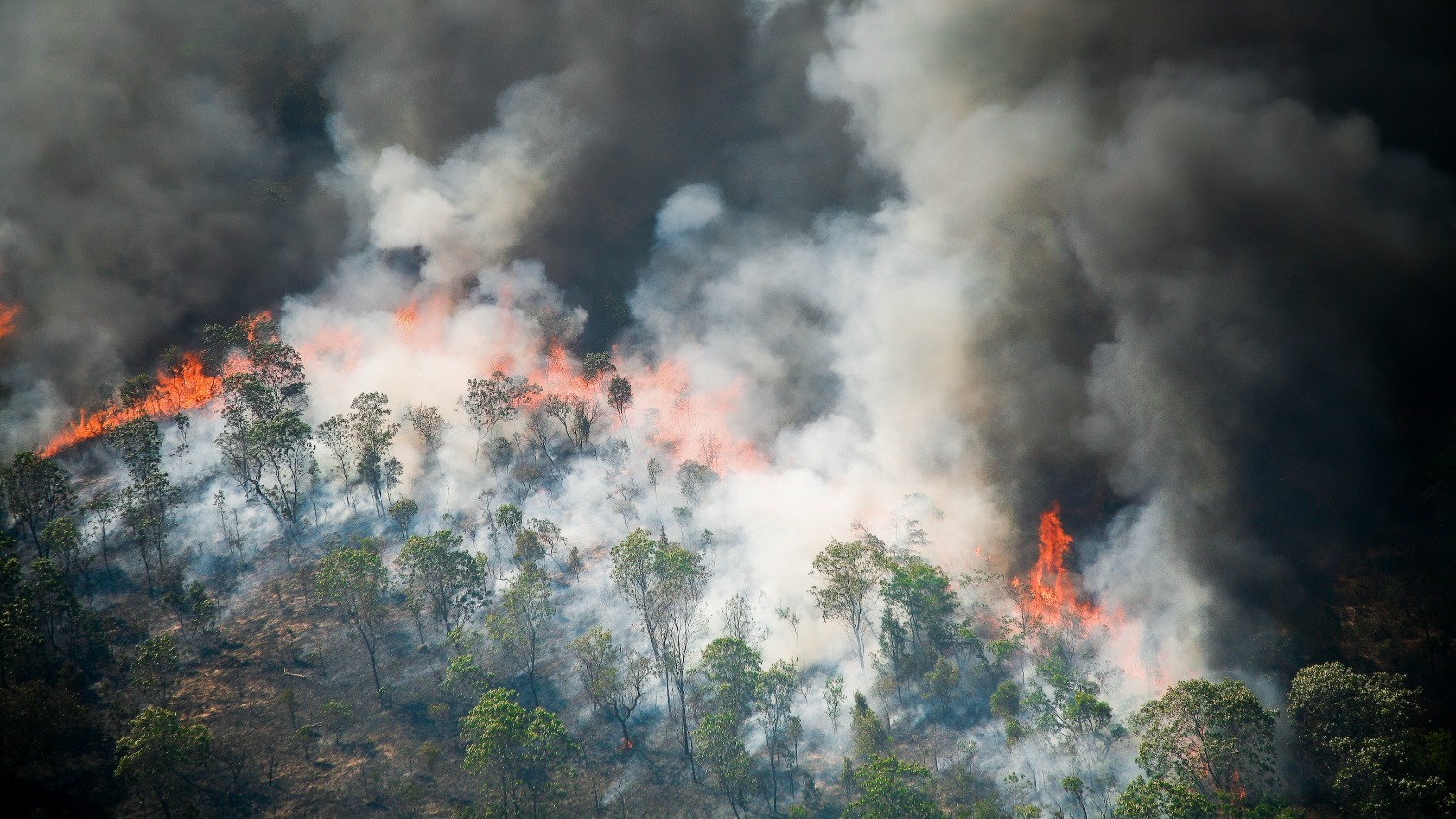While she learned to respect and love nature from her mother at a young age, Zakiya Leggett didn’t think about forestry as a potential career option. That changed when a representative from the U.S. Forest Service came to visit her high school. That speaker, a Black woman, was an early inspiration for Leggett.
Now as an associate professor of forestry and environmental resources at North Carolina State University, Leggett is working on solutions to help recruit and retain students of color in ecology, environmental science and forestry. Only a fraction of Ecological Society of America members identified as Black or African-American in a recent survey, according to a study published in 2014, and reports on doctoral degree candidates suggest that representation of people of color in ecology is low.
“When a community of people isn’t at the table, you miss out on their perspectives,” Leggett said. “When you start thinking about strategic solutions to some of the issues we’re facing, it makes a huge difference if the field is open and inclusive to all.”
In a paper published in the Journal of Geoscience Education, Leggett and her co-authors detailed a series of strategies to address issues of inclusion in the field. The Abstract spoke with Leggett about her own career path in forest ecology, and about some of the recommendations the paper outlines for boosting inclusion:
The Abstract: How did you get interested in forestry and natural resources?
Zakiya Leggett: At home growing up, my mom was adamant that everything we ate, everything we used for healing, came from the earth. I went to a high school where we were required to work on the farm. We grew a lot of the food we ate in the cafeteria. But I knew nothing about forestry until someone from the Forest Service came to my high school. One of the key things about that recruitment is that she was a Black female. I could see myself in her. She was really instrumental in helping me choose forestry, and she has continued to serve as my mentor even as I have progressed in my career.
Another big factor was a program by the Ecological Society of America called SEEDS. The program created a sense of community for undergraduate students of color in ecology. Having a cohort of students who looked like me was really important to my success.
As a graduate student, it was going into the elementary schools, especially in Southeast Raleigh, that helped me push through and reminded me that I needed to finish my degree. Students were excited about hearing from someone who looked like them, a Black woman, who worked in ecology, and learning about possible career opportunities. They also really enjoyed getting their hands dirty and experience soil ecology first hand (literally – during hands-on learning activities).
TA: What were some of the recommendations for institutions?
Leggett: The take-home for me was just how impactful mentorship is. When you already feel isolated, and different from others, having the opportunity to have a mentor who is inclusive, and intentional about being so, can make a big difference in a student’s success. It’s about having people who are making sure you are included and valued.
Another important recommendation is about creating spaces for students of color to connect outside the classroom. When I was a student at NC State, the African American Cultural Center was a huge resource for me. I was an officer in the Black Graduate Student Association. The members became my family and were cheerleaders for me throughout my time as a student at NC State. The staff were also very supportive of all of us.
TA: You also recommend faculty members work with students who might have research interests outside of their specific fields.
Leggett: It’s sometimes intimidating to faculty to have graduate students whose background of interest doesn’t align with their own background or training. Students of color are often interested in community impact. When we think about recruiting students of color, I think we need to expand our focus to consider: What piece of my project could have community impact?
TA: One of your suggestions for mentorship talks about recognizing risks for students in the field. What is that about?
Leggett: This is about ensuring institutions or faculty members are acknowledging the risks students of color might encounter in the field.
As a graduate student, my research was in rural Mississippi and Alabama. I would pass Confederate flags on the way to my site and had an encounter with a landowner that was concerning to me. My research sites were about 15 minutes from the closest home. As a Black female working by myself, that felt very far if I needed some assistance. After going alone for several months, I was able to convince my advisor that I needed an assistant to go with me.
I think it’s really important for faculty members to go out with their students into the field. I try to go out with my students for their first or second field visit. Even though you might have selected sites that are good for your research question, you have to be sure your students to feel comfortable.
With the other co-authors on this paper, we have a program called the Undergraduate Network for Increasing Diversity of Ecologists, or UNIDE. It’s an National Science Foundation-funded project working with students, faculty and community members to try and learn about their perception of ecology courses so we can develop ways people can modify their courses to be more inclusive. I’m sure we will touch on the field component – that when faculty are performing field labs and trips, that they’re aware of some of the issues that can come up for students of color.



